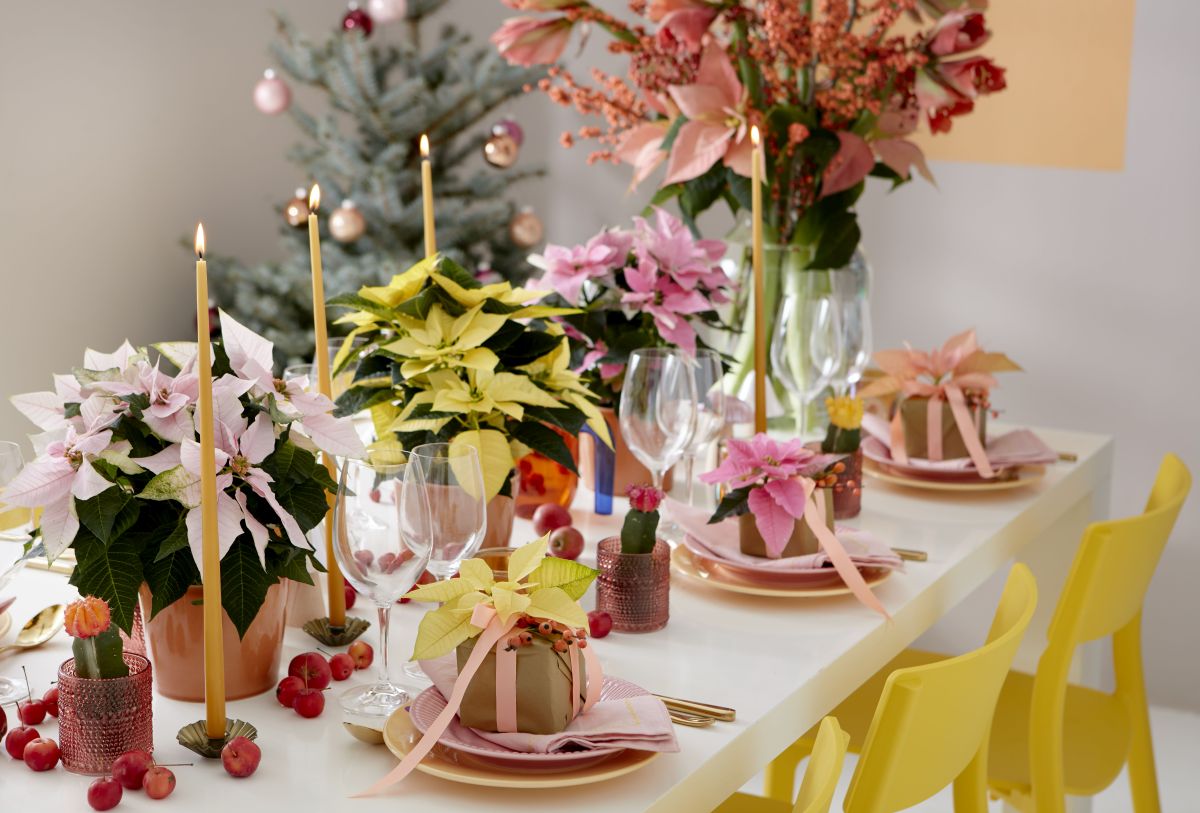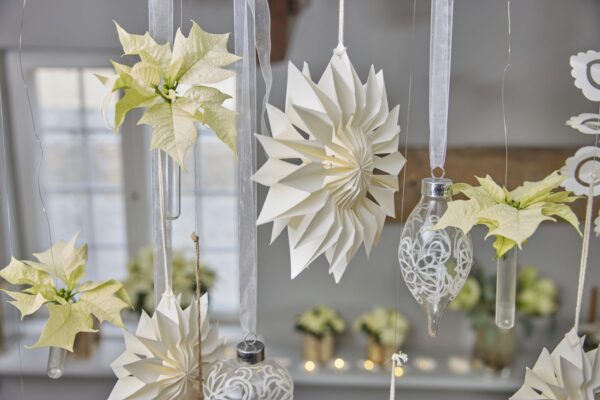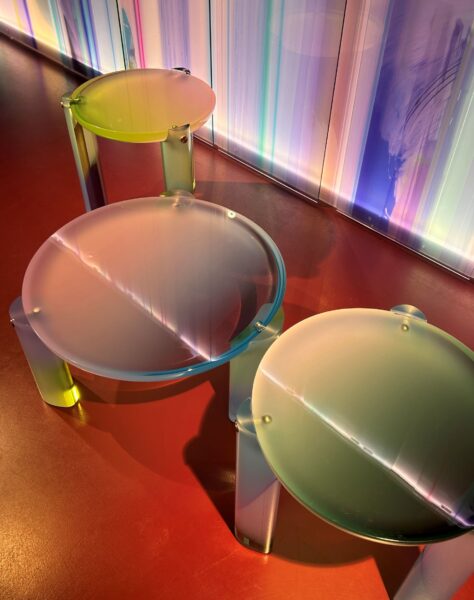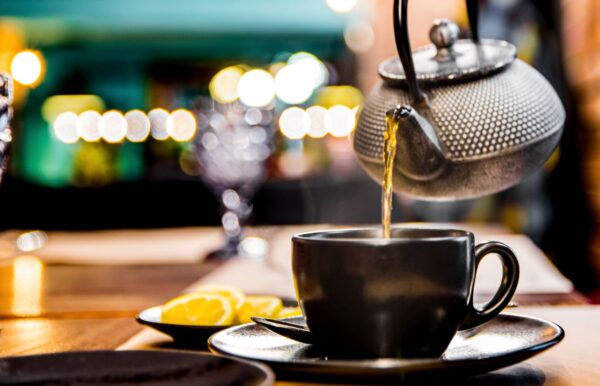Poinsettia growers are gearing-up for what could be their busiest season ever. Soaring interest in indoor plants, driven by social media and the fashion for filling homes with greenery, is driving the market for more natural festive decor. So says Stars for Europe, which represents leading European poinsettia breeders and champions the poinsettia – an established festive favourite – across 22 European countries.
Whilst lockdowns over the past year had different impacts on different countries and their local economic sectors, depending on what restrictions were put in place, the overall trend for plant sales over the past few years indicates a huge market boom across Europe. It’s not difficult to see why: Poinsettias bring the beauty of nature indoors, they make a beautiful, sustainable alternative to plastic and are the perfect antidote to the fossil fuel-dependent culture of the festive season
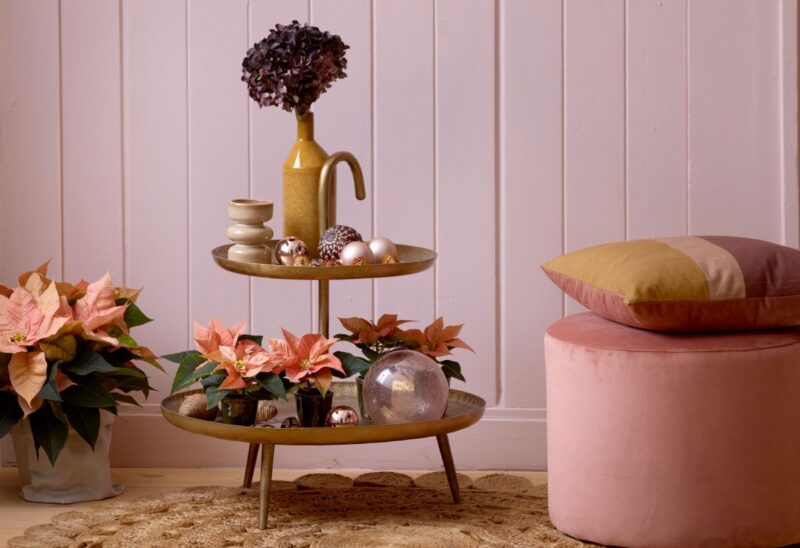
In what proved to be a very strong year for flowers and ornamental plants in Germany, the market sector grew by a volume of 5.2% in 2020 according to the Agrarmarkt Informations-Gesellschaft (AMI), accounting for a €9.4 billion increase at retail level. This followed on from strong growth of 3.1% in the previous year.
Across the border in The Netherlands – one of the biggest markets for plants in Europe – growth in this sector was 2% (€38 million), bringing a total of €2.4 billion to the Dutch economy. Over in the UK, where consumer demand for houseplants has been steadily climbing for years and finally went through the roof during lockdown, year-on-year sales increased by 48% in October alone according to the Garden Centre Association.
These positive market trends look set to continue as summer gives way to autumn and winter. This may be especially true in Poland, where poinsettias are the most popular flowering house plants as people get in the mood for Christmas in bold and beautiful fashion. With their vividly coloured bracts in shades of traditional red, as well as novel yellow, cream, pink, white and variegated/marbled hues, poinsettias are expected to fly off the shelves as households put the finishing touches to their interior winter wonderlands, ready to greet friends and family.

The Floral Christmas Star
Beautifully coloured poinsettias also tap into the growing trend for plastic-free Christmas decorations, proving that the season of excess doesn’t have to take its toll on the planet. Not so long ago, the aftermath of Christmas left landfill bins overflowing with non-recyclable waste; however, poinsettias will still be going strong long after the decorations have come down on 12th night – if treated with care. And if they don’t continue to thrive, you can rest easy knowing they will naturally biodegrade like any other plant.

The backlash against single-use plastics and wasteful packaging, combined with huge growth in craft projects during lockdowns, is seeing families embrace a plastic-free Christmas – from home-made Christmas cards to real Christmas trees and natural decorations made from holly, cones and twigs. Poinsettias, which can last until Easter and beyond, are ideally positioned for the eco-conscious shopper and make an ideal, natural, packaging-free gift for anyone who’s determined to stamp out waste this Christmas.
“The trend for bringing the beauty of the natural environment into our homes is in full swing during the depths of winter,” says Dr. Susanne Lux. “Poinsettias are not only the symbol of the festive season but are a perfect antidote to throwaway gifts that come wrapped in layers of fossil-fuel dependent plastics.”
Kindness to the environment does not stop at biodegradability. Poinsettias are highly sensitive to cold temperatures and don’t travel well when fully grown, so the great majority of these seasonal favourites are grown locally for sale in their home markets. This enables consumers to support regional producers, giving a boost to their local economy without racking up thousands of transit miles.
Many greenhouse operators throughout Europe are highly dependent upon poinsettias, which not only sell in huge quantities but enable commercial growers to stay full operational all year long, as poinsettias start to grow when most other high cash crops and plants have stopped flourishing.
While it’s easy to keep poinsettias at their prime well into the New Year (see panel, below), shoppers who prefer to buy a sparkling new plant every year can dispose of their old plant in a manner that actually helps the environment. Like many other houseplants, poinsettias can be added to compost heaps where they will naturally break down along with other garden waste into wonderful, nutrient-rich organic matter. Once decomposed, the crumbly brown material from compost bins can be added to flower beds and veg plots to breathe new life into tired soil.

The five golden tips for poinsettia success
1. Keep plants wrapped up and protected from cold on the way home from the shop.
2. Display your poinsettia in a warm room, at temperatures of around 15-22°C.
3. Poinsettias thrive in bright, filtered light.
4. Water sparingly, allowing compost to almost dry out in between watering.
5. Take care to avoid placing poinsettias in draughty areas or plants may sulk!


